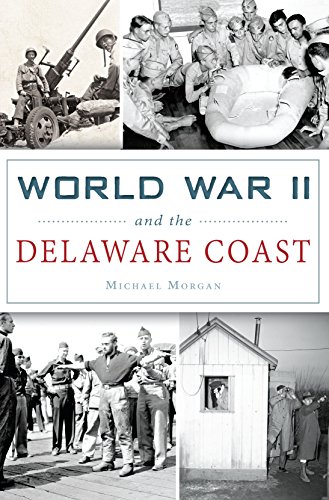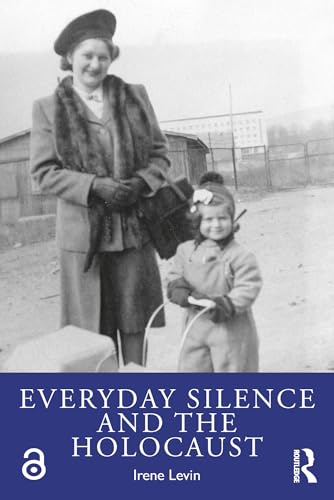
World War II and the Delaware Coast
by Michael Morgan
Popularity
3.95 / 5
* A book's popularity is determined by how it compares to all other books on this website.
Where to buy?
Buy from Amazon* If you buy this book through the link above, we may receive a small commission at no extra cost to you.
World War II and the Delaware Coast by Michael Morgan
Details
War:
World War II
Perspective:
Researcher
True Story:
Yes
Biography:
No
Region:
North America
Page Count:
162
Published Date:
2016
ISBN13:
9781625857118
Description
Brief Summary
"World War II and the Delaware Coast" by Michael Morgan explores the crucial role played by the Delaware coast during World War II. This historical account offers a vivid depiction of how the region responded to the war, especially following the attack on Pearl Harbor. With German U-boats targeting ships off the coast, the area quickly became a hotspot for military activity. The book details the sinking of the destroyer Jacob Jones and highlights how local communities like Lewes supported war efforts and took in survivors. The story paints a picture of coastal life transformed by the war, featuring military installations such as the artillery batteries at Fort Miles and watchtowers dotting the coastline.
Main Themes and Topics
Morgan delves into several themes, most notably the resilience and adaptability of the Delaware coastal communities during wartime. The book illustrates the strategic importance of the Delaware coast as part of the Eastern Seaboard's defensive measures against German attacks. The narrative highlights the human experience amidst war, focusing on community efforts, such as blackout regulations, air raid drills, and resource rationing. The detailed exploration of military strategies and civilian contributions underscores the interwoven nature of local and global efforts in wartime.
Writing Style and Tone
Michael Morgan employs a detailed and engaging narrative style that combines rigorous historical research with vivid storytelling. The tone is informative yet accessible, making complex military events understandable to the general reader. By focusing on personal stories and local anecdotes, Morgan brings a human element to the historical events, ensuring that readers can relate to and understand the experiences of those who lived through them.









